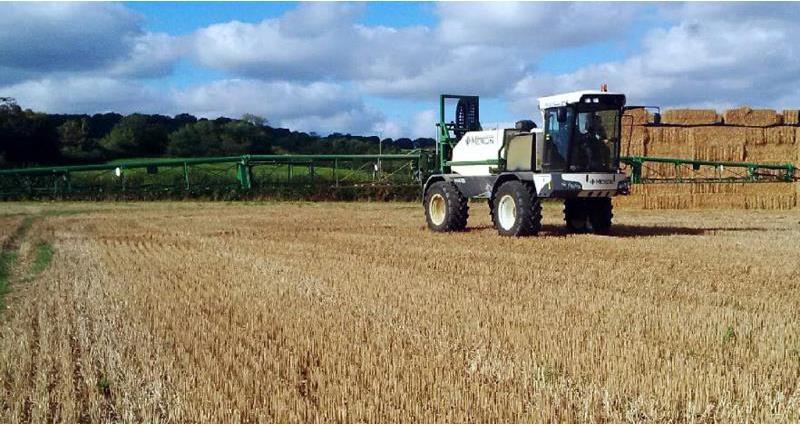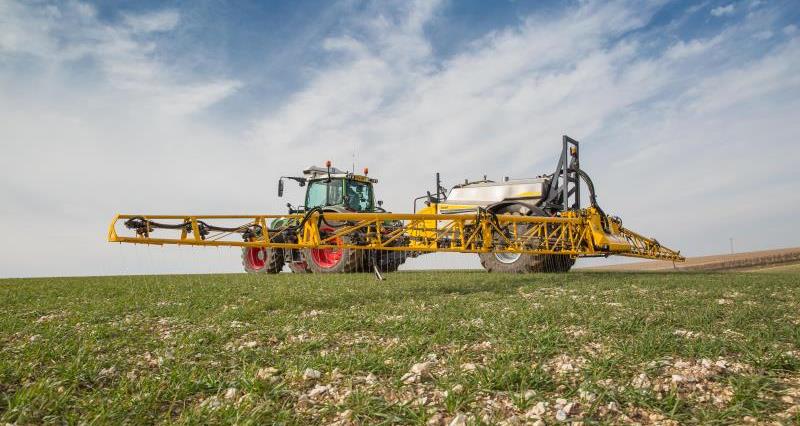What are the steps to take when applying the nematicide fosthiazate in-field?
1. Soil sampling
Before nematicide applications, soil samples should be taken to establish pest pressures in each field.
AHDB has a ‘PCN – Sampling and laboratory guide’, which provides advice on accurate PCN sampling and helps growers to better understand laboratory results.
Always seek advice from a BASIS-qualified agronomist prior to the purchase and use of a nematicide.
2. Machinery calibration
Before heading out into the field to apply fosthiazate, operators should ensure that:
- The granule applicator has been inspected and certified by NSTS in the past two years.
- The applicator is checked each workday to ensure all pipework is correctly fitted, hopper bungs are in place and hopper lids are secure.
- The area treated and the product volume used match for each field.
- When the applicator is in use, granules are monitored to check they are flowing correctly.
These checks should be recorded and held for three years, as required by Red Tractor Assurance.
A template to support this is available on the Red Tractor website.
3. Single pass
Granular nematicides should be applied and incorporated within a single pass with no granules left on the surface.
They should be applied using a vertical (rotovator/rotospike), not horizontal (power harrow) incorporation, and not using a tined cultivator.
Applicators with a working width wider than the incorporation equipment should not be used.
4. Shut-off
All potato applicators must be fitted with a device in cab that allows the operator to shut off nematicide granule flow at least 3m before the end of the row.
For those applicators driven by a land or spider wheel, an electronic clutch can be fitted to the applicator drive shaft to enable remote shut off.
After planting, growers should cultivate headlands to ensure no granules are left on the soil surface.
5. Spillages
Use designated filling sites for filling hoppers in each field, which can easily be checked for spillages.
Small spillages should be buried immediately, ensuring no granules are left on the surface.
In the case of a larger spillage, transfer the granules to a suitable container clearly labelled with the product name, hazard classification and risk and safety phrases shown on the nematicide product label.
This should be stored safely and returned to the manufacturer via the supplying distributor at the earliest opportunity. Make sure to wear the appropriate PPE when dealing with spillages.
6. Check
Check treated fields 12-24 hours post application for any adverse effects to wildlife and record findings.
A template is available on the Red Tractor website.
If anything is found, contact the WIIS (Wildlife Incident Investigation Scheme) using the UK freephone number 0800 321600, and the granule manufacturer (Syngenta: 0800 1696058).
A ‘Nematicide Stewardship e-learning’ online course is available for anyone who applies granular nematicides, providing BASIS and NRoSO points. You can find out more details by visiting training.niab.com
A vital tool to protect potatoes
Nematode control is integral to the production of high quality, nutritious potatoes and granular nematicides are a vital tool in an integrated strategy to control this pest.
The NSP’s (Nematicide Stewardship Programme) role is to ensure a best-practice approach across all aspects of their use, from delivery on farm through to operator handling, machinery set up and maintenance, to application and storage.
The NSP best practice steps are part of the Red Tractor standards for potato growers. To find out more, visit nspstewardship.co.uk.





